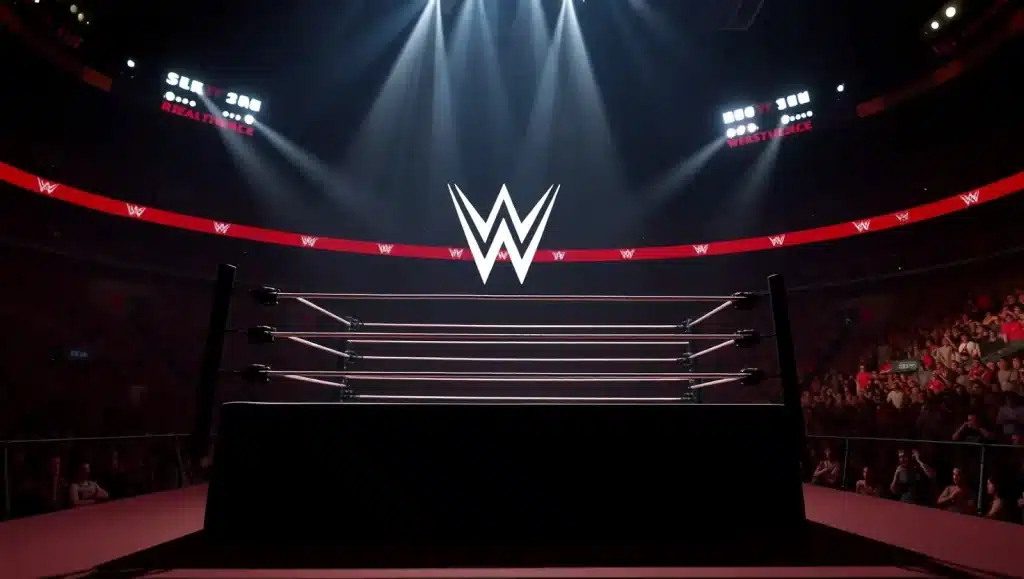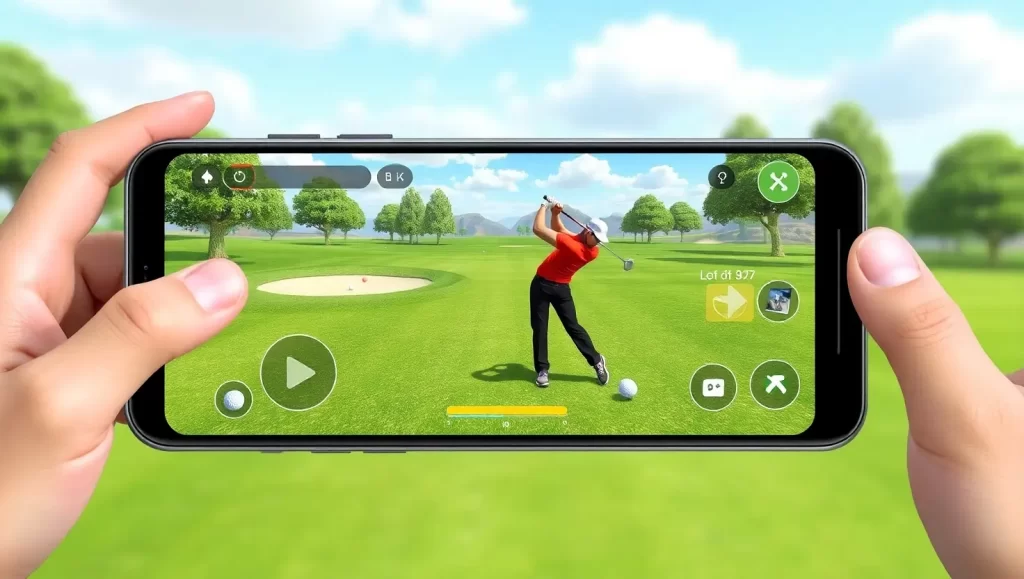We’ve all been there—mid-gaming session, juices are flowing in our body, stakes are high, but suddenly, a dull ache creeps in around our temples. Before we know it, that little discomfort turns into a full-blown headache that can ruin an otherwise fantastic gaming experience. Gaming headaches are more common than we think. But don’t worry! The good news is, that preventing these pesky headaches is entirely possible with a few simple adjustments and habits. Today, we’re going to dive into the root causes of gaming headaches and offer practical, real-world solutions to keep you pain-free while enjoying your favorite games.
Gaming Headache Causes (Understanding the Problem)
1. Eye Strain: At extended screen activities your eyes need to work hard due to too bright light and incorrect display adjustment. Since maintaining focus on small screen pixels requires extensive eye strain your field of vision dims until a severe headache develops.
2. Poor Posture: Playing video games in a comfortable position feels great but the neck and shoulder muscles tend to tense up thus creating possible tension that travels to the head for pain.
3. Dehydration: The failure to drink sufficient water during long periods of sitting produces dehydration that acts as a headache triggering factor. Playing video games tends to make people lose track of hydrating their bodies.
4. Prolonged Screen Time: Long periods of screen time without adequate rest breaks result in building stress while creating body tension which means more headaches.
Recognizing what leads to these side effects enables us to develop improvements that produce major benefits after gameplay.
Prevent Headaches While Gaming: The Setup
1. Display Ergonomics
Let’s start with the most obvious culprit: your screen. Screen setup on personal computers consoles and mobile devices directly influences headache development.
- Optimal Monitor Placement: Keep the monitor at least 20 inches and no more than 30 inches from your eyes. You should position your screen at eye height or slightly lower to minimize neck tension. When using laptops or mobile devices for gaming you should use a stand to maintain your screen at eye level.
- Brightness and Blue Light Filters: Striking brightness in screens poses problematic eye strain particularly when viewed in low light zones. Your display brightness needs adjustment for smooth alignment with roomlight intensity and you can prevent strain using blue light filters or enabling night mode. The lighting system of many games features automatic adjustment capabilities to maintain matching brightness with your game environment.
Refresh Rates: Your gaming experience will improve when you set your PC refresh rate to the same speed as your game’s refresh rate because this will eliminate screen-tearing and screen flickering which produce eye strain.
2. Posture Ergonomics
A normal habit involves slipping into relaxing chairs but we typically ignore the importance of correct body positioning. When you fail to maintain good posture during gaming it creates back problems that eventually lead to headaches.
- Seating & Back Support: Choose a great chair design that provides the correct spinal support. Your seat needs to fit your spinal shape and your legs must rest directly on the ground. During extended gaming sessions monitor your seating arrangement to prevent both slouching forward and recurring head tilting.
Head and Neck Alignment: Keep your head and neck aligned with your spine. Avoid craning your neck forward to get closer to the screen or tilting your head awkwardly during intense moments of the game. This might seem like a small issue, but poor alignment over time can result in muscle tension and, yes, headaches.
Prevent Headaches While Gaming: The Habits
1. Regular Breaks
No matter how immersive a game is, your body and mind need breaks. Experts recommend taking a break every 30 to 60 minutes during a gaming session. Here’s why: constant focus and concentration can lead to mental fatigue, which often manifests as a headache.
What to Do During Breaks: Stand up, stretch, and take a short walk around. You can even do eye exercises to rest your eyes—look at something far away, close your eyes for a few seconds, or gently massage your temples.Set a Timer: To make sure you don’t get too absorbed in the game, set a timer on your phone or device to remind you to take breaks regularly.
2. Hydration & Nutrition
Dehydration can sneak up on you during long gaming sessions. And we all know how much we love that gaming snack, but remember: a bag of chips won’t keep you from getting a headache!
- Drink Water: Keep a bottle of water near your gaming setup and sip it throughout your session. Try to aim for at least one glass of water every hour.
Balanced Nutrition: Eating a healthy snack before or during a session can stabilize your blood sugar levels, reducing the chances of a headache caused by hunger or low energy.
3. Environment Optimization
Your environment plays a massive role in preventing headaches while gaming. Let’s look at the things you can adjust in your gaming space to help reduce strain.
- Room Lighting: Avoid playing in overly dark rooms or rooms with harsh lighting. A well-lit room that doesn’t cause glare on your screen is ideal. Soft, indirect lighting can help your eyes relax and reduce strain.
Ventilation & Temperature: A stuffy, warm room isn’t ideal for focus or comfort. Keep your gaming area well-ventilated and at a comfortable temperature to prevent any unnecessary discomfort that could lead to headaches.
Gaming Time Management
It’s easy to get lost in a game for hours on end, but remember: moderation is key. Spending too much time gaming without breaks or overexerting yourself can lead to fatigue and headaches.
Healthy Gamer Tip:Consider setting a gaming timer for yourself or using apps that limit your playtime. Aim for balance—gaming should be fun, but it’s essential to make time for other activities like exercise, socializing, and rest.
Final Words: Headache-Free Gaming
In the end, it’s all about creating a balanced and comfortable gaming experience. From optimizing your setup to managing your time and hydration, the steps we’ve discussed can drastically reduce your chances of experiencing gaming headaches. Just remember, gaming should be fun—not painful. So take those breaks, adjust your environment, and stay hydrated. With a little care and attention, you’ll be able to enjoy your favorite games without any distractions from those annoying headaches. Let us know in the comments—what’s your go-to strategy to prevent headaches while gaming? Have any tips or stories to share? We’d love to hear from you!
1. Can blue light glasses really help reduce gaming headaches?
Yes, blue light glasses can help reduce eye strain caused by exposure to screens. They filter out the blue light emitted by digital devices, which can contribute to eye fatigue and headaches.
2. Does the type of game affect the likelihood of getting a headache?
Yes, games that require intense focus, quick reflexes, or long periods of continuous action can contribute to strain. Strategy or slower-paced games may allow more frequent breaks, reducing strain.
3. What if I still get headaches despite following all the tips?
If you still experience headaches despite improving your setup, posture, and habits, it’s worth consulting with a healthcare professional. There could be underlying issues like migraines or vision problems that need attention.













